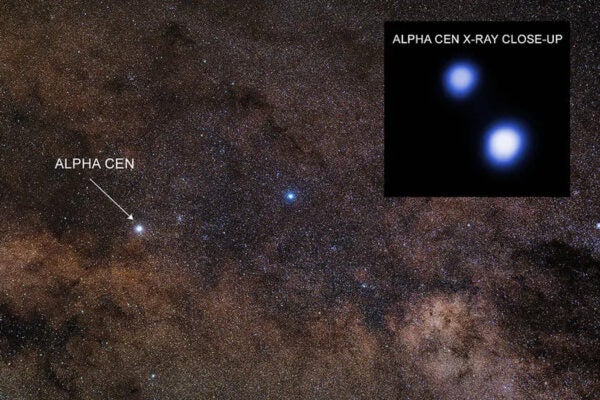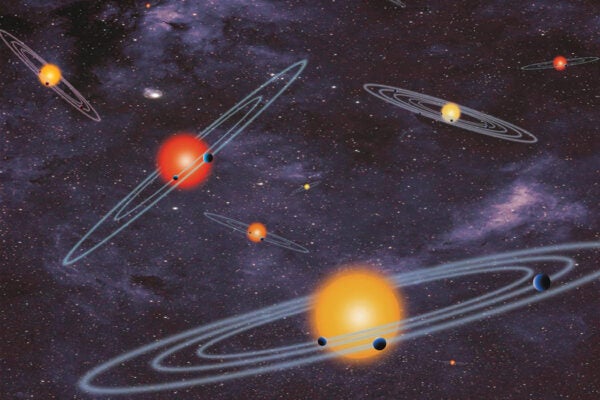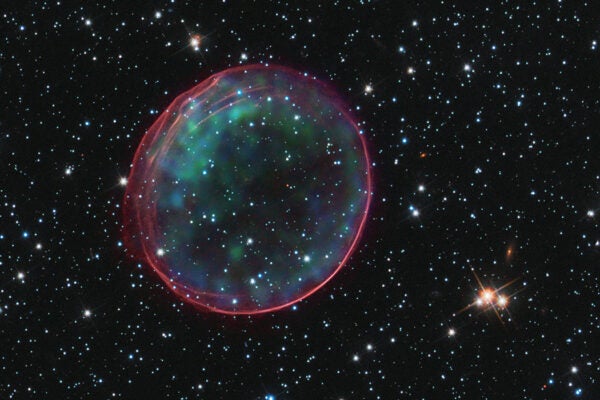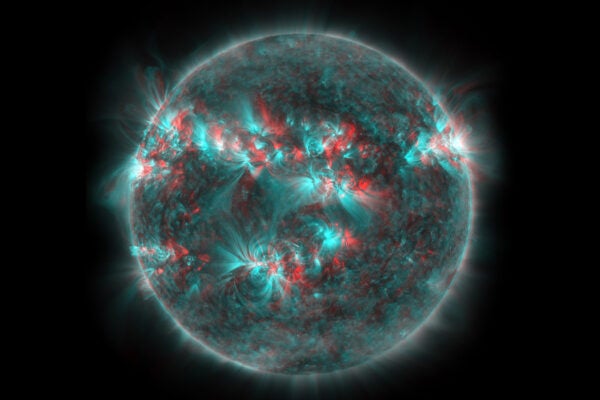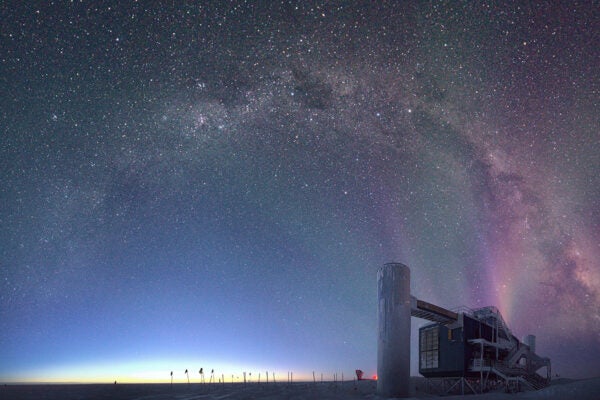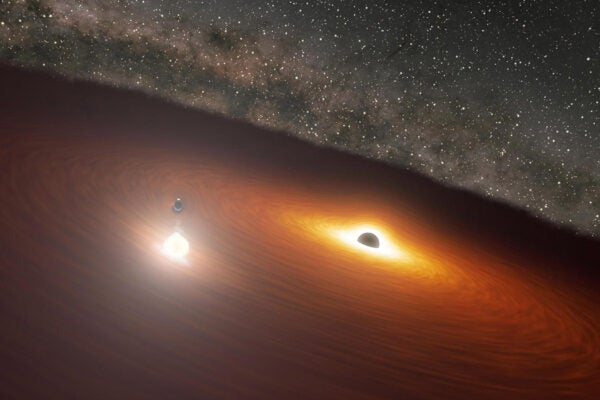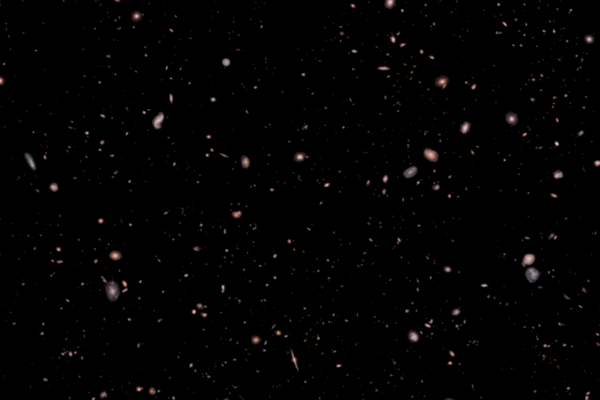New Paper Argues That the Universe Began with Two Big Bangs
Bang bang all over the Universe.
How Earthquakes Helped Us Map the Interior of the Sun
Temperatures in the Sun’s core exceed 10 million degrees Celsius. But how on Earth did we actually come to know that?
The Hunt for Life in Alpha Centauri
This oddball system of three stars might be our best chance at finding nearby life in the Universe.
To Find a New World, Watch How a Planet Dances with Its Star
Finding a tiny planet around bright stars dozens or hundreds of light-years from Earth is extremely difficult.
Explaining GRB 221009A, the Greatest Cosmic Explosion Humanity Has Ever Seen
The brightest gamma-ray burst ever observed, GRB 221009A behaved in unexpected ways that might help us understand how they occur.
The Carrington Event of 1859 Disrupted Telegraph Lines. A “Miyake Event” Would Be Far Worse
We don't know what causes Miyake events, but these great surges of energy can help us understand the past—while posing a threat to our future.
“Ghostly” Neutrinos Help Us See Our Milky Way as Never Before
As Marcel Proust said, “The real voyage of discovery...consists not in seeking new landscapes, but in having new eyes.”
Solved: Astronomers Identify Origin of Mysterious Flares in Galaxy OJ 287
In a distant galaxy, a cosmic dance between two supermassive black holes emits periodic flashes of light.
NASA’s Deepest 3D Fly-through of the Universe
From the present day all the way to less than 400 million years after the Big Bang, we're seeing how the Universe grew up like never before.


